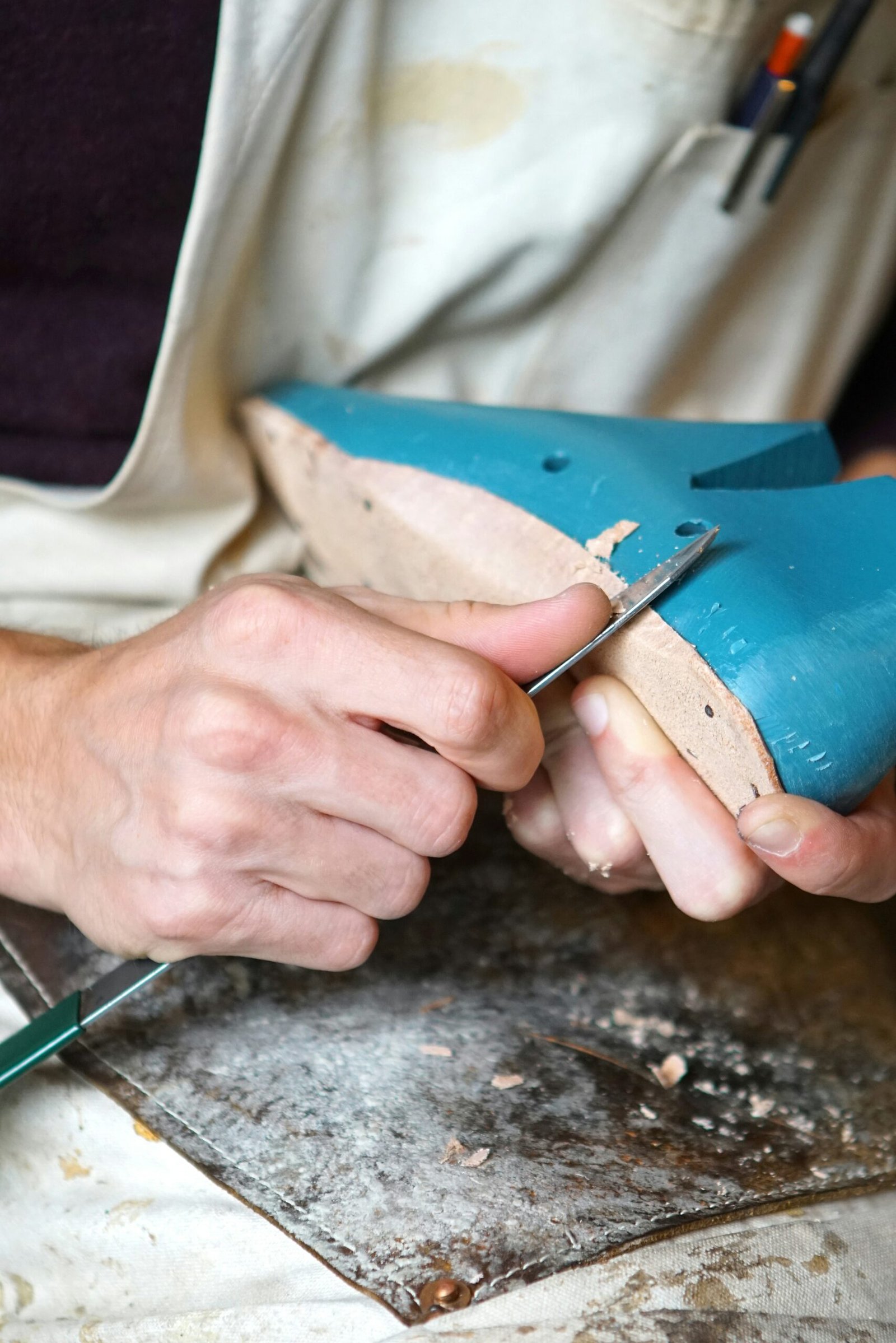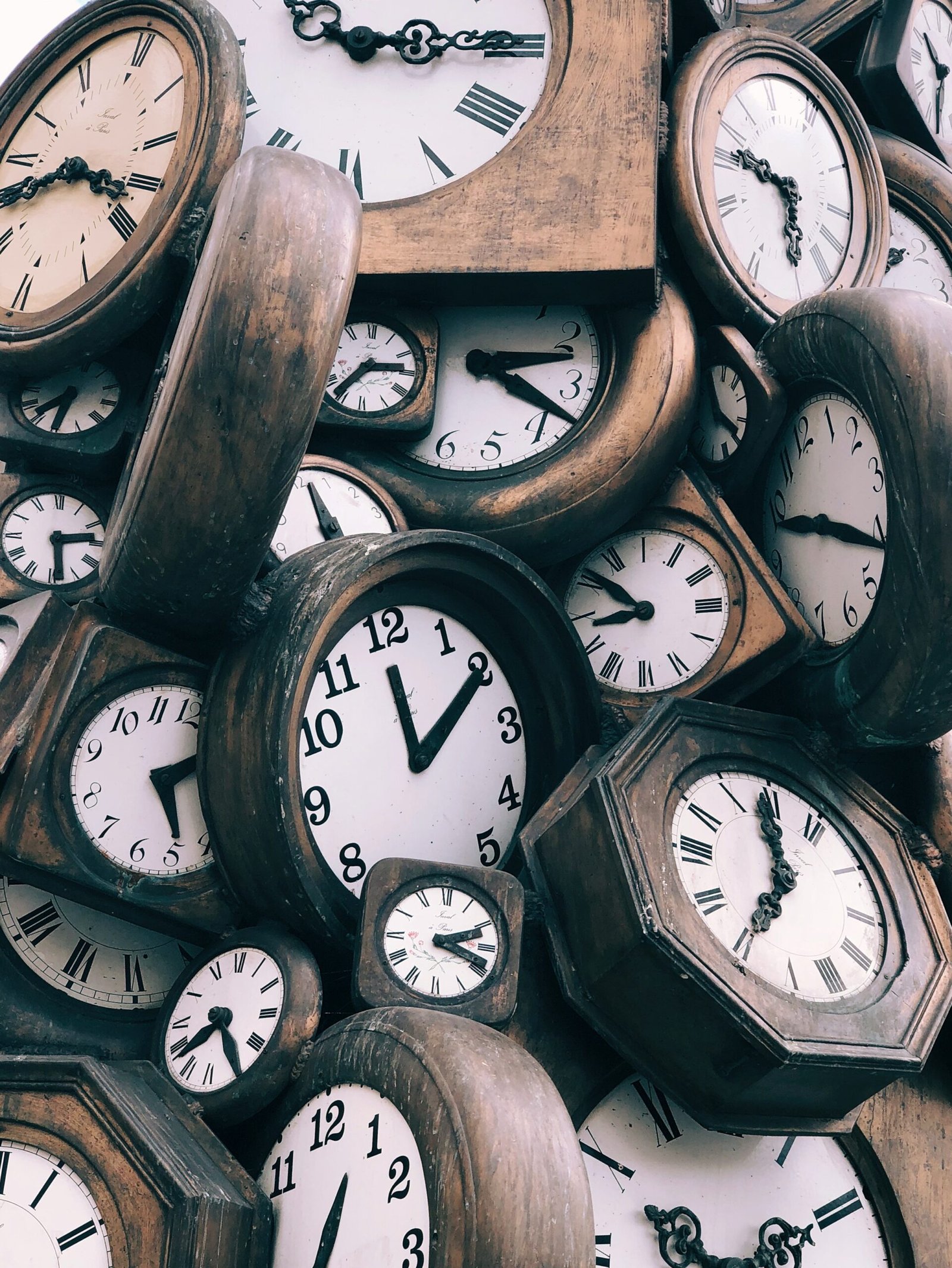The Godot Engine is an open-source game development platform that has gained significant traction among both indie developers and larger studios due to its versatility and extensive feature set. Known for its user-friendly interface and powerful capabilities, Godot facilitates the creation of 2D and 3D games while allowing developers to harness a wide range of programming languages and scripts. One essential aspect of game development in Godot is the ability to customize controls and input bindings, which can greatly enhance the gameplay experience.
Tailoring the input configurations allows developers to create a more intuitive and enjoyable experience for players, catering to different play styles and preferences. Among the customizable settings, the ‘ui_left’ binding plays a crucial role, typically associated with player movement control to the left in many game genres. Adjusting this specific binding helps ensure that the gameplay feels responsive and suited to the input device being utilized, whether it be a keyboard, controller, or touchscreen interface.
This blog post aims to provide a comprehensive, step-by-step guide on editing the ui_left binding within the Godot Engine. Readers can expect clear instructions and valuable insights that will facilitate a deeper understanding of editing input actions in Godot. By the end of this post, you will be equipped with practical knowledge about the process of ui_left customization and how to implement such changes effectively in your game project. As we delve into this topic, we will explore methods to streamline the binding process and discuss best practices that can enhance your overall development experience.
Understanding Input Bindings in Godot
Input bindings in Godot are essential for facilitating user interactions within a game or application. These bindings define how specific user inputs, such as keyboard keys, mouse clicks, or game controller buttons, are mapped to corresponding actions or functions within the engine. By configuring these bindings, developers can create a more intuitive and responsive user experience tailored to their specific gameplay requirements.
One particularly noteworthy input binding is the ui_left binding, which typically corresponds to the left directional control. This binding plays a critical role in character navigation and movement in a 2D or 3D environment. By properly utilizing ui_left, developers ensure that players can seamlessly navigate their game worlds, enhancing engagement and overall satisfaction.
Modifying input bindings is a user-centric design practice that caters to diverse player preferences. Different players may prefer alternative control schemes, so the ability to customize input mappings is paramount. For example, some players might find it more comfortable to use the arrow keys instead of the traditional ‘A’ key for leftward movement. By understanding how to hard edit the ui_left binding, developers can cater to these varied preferences and significantly enhance the accessibility of their games.
Additionally, reconfiguring input bindings allows developers to account for specific gameplay mechanics and scenarios. In a puzzle game, for instance, the left movement might not just refer to character navigation but also facilitate interactions with objects. These expanded contexts demonstrate the flexibility of input bindings, showcasing how critical they are for implementing comprehensive user actions across different game genres.
As we explore the intricacies of Godot and user input, understanding the role of input bindings like ui_left becomes fundamental for optimizing and enriching the player experience.
Why Hard Edit UI_Left Binding?
The default UI_Left bindings in Godot may not always align with the particular gameplay requirements or design needs of a project. In numerous scenarios, developers may find that these default mappings do not contribute effectively to the desired user experience. For instance, a game with a unique control scheme might require specific key bindings that enable smoother navigation and interaction. In such cases, hard editing the UI_Left binding provides a pathway to create tailored controls that enhance usability, making it possible for players to engage more intuitively with the game environment.
Moreover, customizing the UI_Left binding allows developers to establish distinctive gameplay mechanics. By redefining how players interact with the left UI controls, one can create innovative experiences that set a game apart in a crowded market. For example, in a fast-paced action game, players may benefit from a more responsive and personalized UI that reflects their style of play. Hard editing enables an adjustment that can significantly improve player performance and satisfaction, allowing for a more immersive and dynamic interaction with the game’s interface.
Preparing to Edit UI_Left Binding
Before delving into the process of editing the UI_Left binding in Godot, it is essential to ensure a solid foundation of prerequisites. Users should possess a basic familiarity with the Godot interface, as this will facilitate navigation through various menus and options. Understanding the input map settings is equally important, as these settings will be the focus of the binding adjustments.
One of the primary factors to consider is version compatibility. Ensure that your Godot engine version is up to date and matches any guidelines or documentation relevant to the UI_Left binding changes. Godot continually evolves, and features may vary significantly between versions, thereby affecting the binding procedure. Familiarity with the release notes of your specific version can provide insights into any new capabilities or adjustments that could enhance your editing process.
Additionally, it is highly recommended to back up your project files before proceeding with any modifications. Creating a duplicate of your project can safeguard against potential issues that may arise during the editing process. By doing so, you ensure that even if something goes wrong, your original project remains intact and recoverable.
Lastly, having relevant tools at your disposal can enhance the efficiency of editing the UI_Left binding. Familiarize yourself with the built-in editor features, such as the project settings panel and the input mapping system, to streamline your workflow effectively. Additionally, consider utilizing version control systems that allow you to track changes over time, providing an organized approach to managing modifications within your projects.
Step-by-Step Guide: Hard Editing UI_Left Binding
Editing the UI_Left binding in Godot is a straightforward process that can be accomplished through the project settings. This guide will walk you through each step to ensure you can successfully modify the binding according to your requirements.
Begin by launching your Godot project. Once loaded, navigate to the main menu at the top of the window and click on “Project.” From the dropdown menu, select “Project Settings.” This will open a new window containing various settings for your project.
Within the Project Settings window, locate the tab labeled “Input Map.” Clicking on this tab will display a list of existing input actions, including the default ones provided by Godot. Scroll down until you find the action labeled “ui_left.” This action corresponds to the left movement within your game’s user interface.
To edit the binding, you may notice a field next to “ui_left” where existing keys are listed. If you want to add a new key, click on the “Add” button below the list. A dialogue will appear, prompting you to press the key or button you wish to bind to this action. For example, pressing the “A” key or the left arrow key will set this as the new input for UI_Left.
Once you have made the desired changes, ensure to click the “Save” button in the Project Settings window to confirm these modifications. It is crucial to save your work to prevent any loss of progress. After saving, you can test the new binding to confirm if it functions as intended.
If you encounter any issues, double-check the binding in the Input Map to ensure it is correctly assigned. Additionally, you may want to review other conflicting input actions that might override your changes.
Advanced Tips for Input Binding Customization
Customizing input bindings in Godot can significantly enhance user experience by allowing developers to tailor controls based on individual user preferences or platform-specific requirements. One of the advanced techniques for input binding customization involves the use of scripts to modify bindings dynamically. By utilizing Godot’s built-in Input Map, developers can create a more fluid interaction model that can respond to different contexts or user inputs on-the-fly.
For instance, you might want to set up different bindings for PC versus console controls. On a PC, a player may prefer using a keyboard and mouse, while console players often rely on gamepads. By scripting your input bindings, you can easily check the platform and adjust bindings accordingly. This ensures that all players, regardless of their hardware, have an optimized gaming experience. To accomplish this, you can leverage functions like InputMap.action_add_event to bind specific keys or buttons to actions based on the detected platform.
Managing multiple input configurations is also crucial for enhancing accessibility among diverse user groups. By implementing different profiles, you can allow users to switch inputs seamlessly. For example, a player with specific accessibility needs may require a custom control scheme. With Godot, it is possible to create customizable input profiles that users can select from within the settings menu, thereby promoting inclusivity in game design.
Additionally, consider providing visual feedback when an input is detected. This can help guide users through their control options, especially for those who may have difficulty with traditional input devices. Providing clear indications of current bindings and allowing customization can enhance the usability of the game.
In conclusion, advanced input binding customization necessitates a thoughtful approach, integrating dynamic scripts and user-configurable options for a more engaging and accessible gaming experience across various platforms.
Common Mistakes to Avoid
When editing input bindings in Godot, particularly for the UI_Left action, users may encounter several common mistakes that can lead to frustration or malfunctioning controls. One of the foremost mistakes is neglecting to create backups of the default bindings. Given the complexity of input systems and the number of adjustments that can be made, keeping a backup ensures that you can easily revert to the original settings should anything go awry during your modifications. It is a best practice to regularly save the default input configuration in a separate file or version control system.
Another pitfall involves not recognizing conflicts with other input actions. Godot allows users to assign multiple actions to a single key or button. However, this can create overlapping functionalities that may cause a specific action, such as UI_Left, to fail or perform unexpectedly. It is essential to thoroughly check existing key assignments and resolve any conflicts prior to finalizing your changes. This analytical approach guarantees that your adjustments support a streamlined user experience rather than detracting from it.
Additionally, failing to test new bindings across various devices and screen resolutions is a common oversight. Input devices can differ significantly, from standard keyboards to game controllers and touch screens. Testing ensures that your UI_Left action performs consistently, regardless of the device being used. Take care to evaluate how different input methods interact with your binding. Minor discrepancies can lead to significant user experience issues, particularly in a game context where input response is critical. Effective testing practices should be incorporated throughout the entire editing process.
Frequently Asked Questions (FAQs)
When it comes to hard editing the ui_left binding in Godot, users often have several questions regarding the process and its implications. One of the most common queries is whether it is possible to reset the ui_left binding back to its default setting. Fortunately, Godot allows users to easily revert to original bindings through the input mapping settings found in the project settings menu. This feature ensures that users can return to a familiar configuration if they encounter issues or simply want to start fresh.
Another frequent question revolves around how ui_left interacts with other input actions. The ui_left binding is part of a broader input system that includes other directional controls such as ui_right, ui_up, and ui_down. Understanding this interaction is crucial because, in certain scenarios, conflicting bindings can lead to unexpected behavior during gameplay. To mitigate any issues, developers are advised to carefully plan the input mappings and test thoroughly to confirm that actions coalesce without interference.
Additionally, users often inquire about the implications of binding multiple actions to the same key. While Godot provides the flexibility to bind several actions to a single key, this can lead to confusion and unintended input recognition. When multiple actions share the same key, it becomes vital to prioritize actions to ensure the most important response is triggered. Best practices recommend limiting the number of bindings per key to maintain clarity in controls, ultimately leading to a smoother user experience.
By addressing these frequently asked questions, users gain a better understanding of the ui_left binding and its functionality within the Godot engine. This knowledge paves the way for effective customization, allowing developers to create more immersive and user-friendly applications.
Conclusion
In conclusion, editing the binding for UI_Left in Godot involves a systematic approach that enhances the customization options available for your game’s input settings. By following the outlined steps—accessing the Project Settings, locating the Input Map, and creating or modifying the binding as desired—you can effectively tailor the gameplay experience to better suit your design intentions. This level of adaptability allows game developers to refine their control schemes, thereby improving user engagement and gameplay satisfaction.
Customizing input bindings is crucial for game design, as it not only provides players with a more comfortable interface but also supports diverse gaming preferences. By modifying the UI_Left binding, you can incorporate unique mechanics that differentiate your game from others, fostering a distinctive experience that resonates with your audience. Embracing this flexibility enables you to cater to varying player styles, ultimately enhancing both accessibility and enjoyment.
As you advance in your game development journey, it is essential to remain open to experimentation. The process of tweaking input settings can lead to valuable insights that elevate your project. Encourage yourself to explore different approaches and remain receptive to feedback from playtesting. This iterative process can result in a more polished and enjoyable game, allowing you to harness the full potential of Godot’s input handling capabilities. Maintain a curious mindset, and let your creativity guide you as you navigate through your game projects, continually striving for improvement in the player experience.


